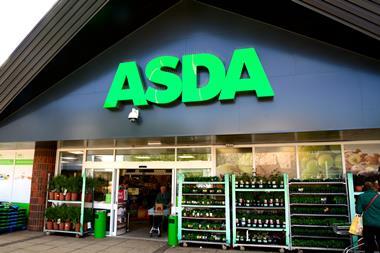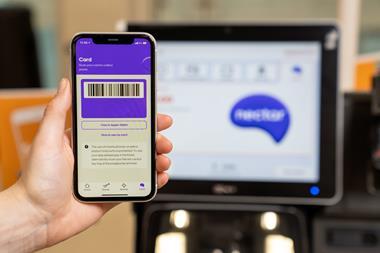Asda is removing up to 30% of branded items from certain categories in a cost-cutting campaign.
In the coming weeks, 10 grocery categories will be put under the microscope to see which products can be taken out.
Asda had adopted a "less-is-more approach to ranging" that would enable the company to cut prices, said chief merchandising officer Darren Blackhurst.
"The brands that are truly great are staying with us, and they have more space because we are removing some of the clutter ," he said. "It makes it simpler for stores to operate and saves us money."
Asda had first decided in 2007 to remove unnecessary duplication by delisting I Can't Believe It's Not Butter because it was indistinguishable from Utterly Butterly, said Blackhurst.
"In certain ranges we are taking 20%-30% of our SKUs out, freeing up space for the key value items. It is across the board.
"We have done a number of categories now and there are another nine or 10 going in the coming weeks. These are sizeable events in their respective marketplaces. Removing 20% of a range from a business of our size can have quite a dramatic knock-on effect."
Blackhurst said suppliers were being co-operative. "We are trying to work in a constructive way with suppliers to make sure everyone has an equal chance to invest in our offer . I think they are being very understanding of the process."
Asda's focus on a tight range is a long-term strategy, according to Aidan Bocci, director of Commercial Advantage. "They have had this strategy ever since the early 1990s when Archie Norman came on board, but this sounds significant."
However, Asda could incur the wrath of shoppers if it did not handle the review correctly, he warned.
Asda this week unveiled fourth quarter sales excluding fuel up 7.2%. Growth for the full year was 6.5%
It also plans to resurrect its pocket-tap adverts, which were launched in the recession of the 1990s.
In the coming weeks, 10 grocery categories will be put under the microscope to see which products can be taken out.
Asda had adopted a "less-is-more approach to ranging" that would enable the company to cut prices, said chief merchandising officer Darren Blackhurst.
"The brands that are truly great are staying with us, and they have more space because we are removing some of the clutter ," he said. "It makes it simpler for stores to operate and saves us money."
Asda had first decided in 2007 to remove unnecessary duplication by delisting I Can't Believe It's Not Butter because it was indistinguishable from Utterly Butterly, said Blackhurst.
"In certain ranges we are taking 20%-30% of our SKUs out, freeing up space for the key value items. It is across the board.
"We have done a number of categories now and there are another nine or 10 going in the coming weeks. These are sizeable events in their respective marketplaces. Removing 20% of a range from a business of our size can have quite a dramatic knock-on effect."
Blackhurst said suppliers were being co-operative. "We are trying to work in a constructive way with suppliers to make sure everyone has an equal chance to invest in our offer . I think they are being very understanding of the process."
Asda's focus on a tight range is a long-term strategy, according to Aidan Bocci, director of Commercial Advantage. "They have had this strategy ever since the early 1990s when Archie Norman came on board, but this sounds significant."
However, Asda could incur the wrath of shoppers if it did not handle the review correctly, he warned.
Asda this week unveiled fourth quarter sales excluding fuel up 7.2%. Growth for the full year was 6.5%
It also plans to resurrect its pocket-tap adverts, which were launched in the recession of the 1990s.


















1 Readers' comment